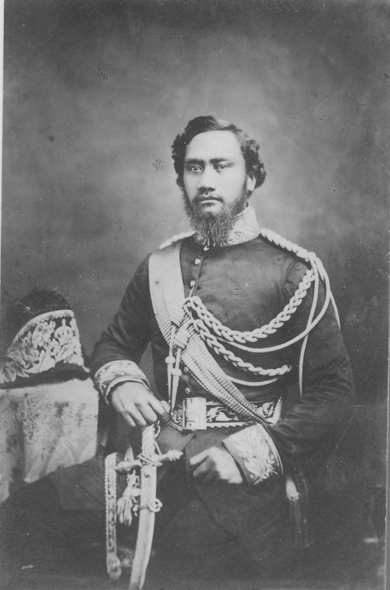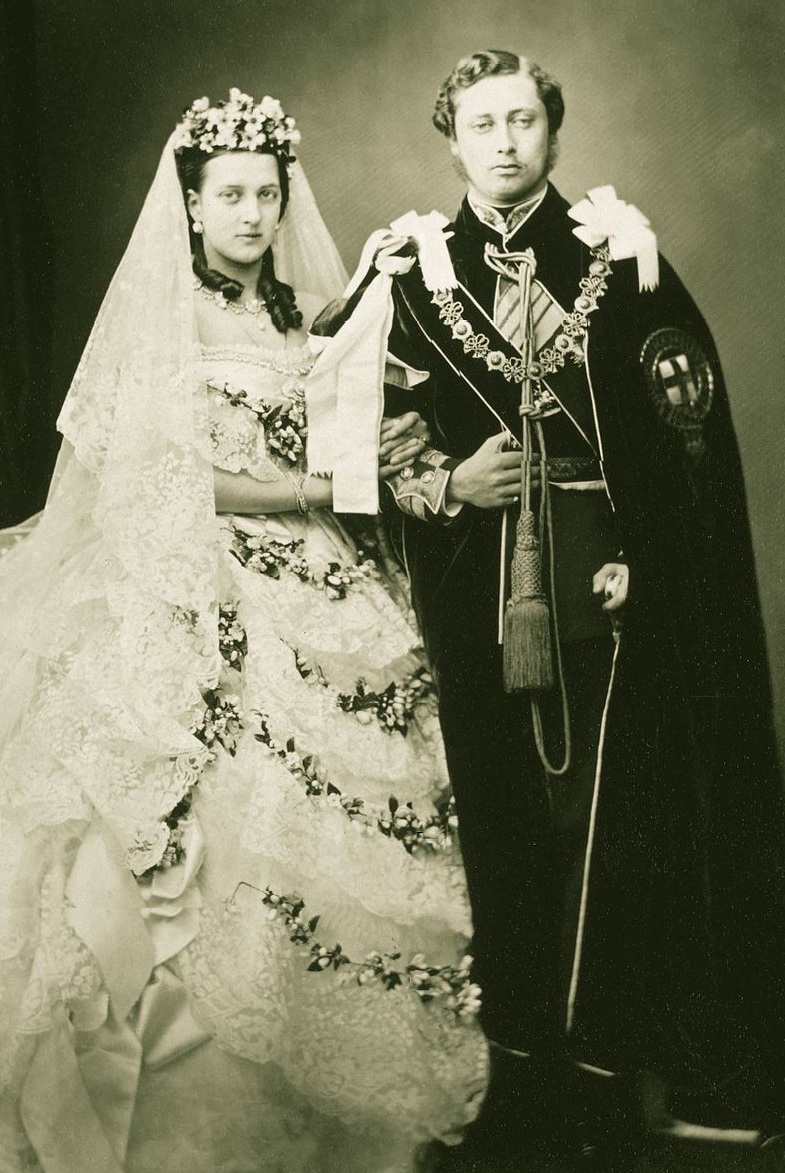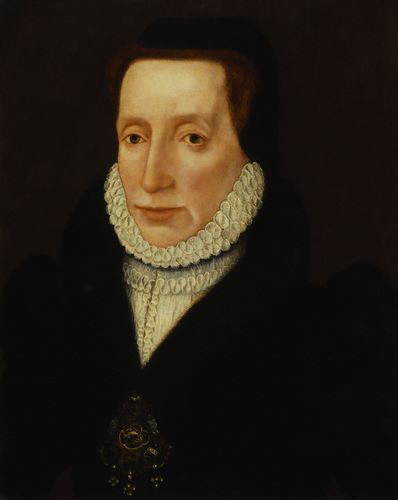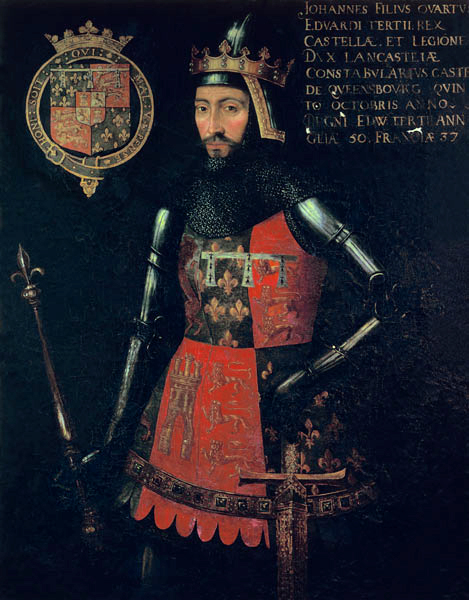by Susan Flantzer
© Unofficial Royalty 2024
The Hawaiian Islands, located in the Pacific Ocean, were originally divided into several independent chiefdoms. The Kingdom of Hawaii was formed in 1795, when the warrior chief Kamehameha the Great of the independent island of Hawaii, conquered the independent islands of Oahu, Maui, Molokai, and Lanai, and unified them under one government and ruled as Kamehameha I, King of the Hawaiian Islands. In 1810, the whole Hawaiian archipelago became unified when Kauai and Niihau voluntarily joined the Kingdom of Hawaii. Two major dynastic families ruled the kingdom: the House of Kamehameha and the House of Kalākaua.
In 1778, British explorer James Cook visited the islands. This led to increased trade and the introduction of new technologies and ideas. In the mid-19th century, American influence in Hawaii dramatically increased when American merchants, missionaries, and settlers arrived on the islands. Protestant missionaries converted most of the native people to Christianity. Merchants set up sugar plantations and the United States Navy established a base at Pearl Harbor. The newcomers brought diseases that were new to the indigenous people including influenza, measles, smallpox, syphilis, tuberculosis, and whooping cough. At the time of James Cook’s arrival in 1778, the indigenous Hawaiian population is estimated to have been between 250,000 and 800,000. By 1890, the indigenous Hawaiian population declined had to less than 40,000.
In 1893, a group of local businessmen and politicians composed of six non-native Hawaiian Kingdom subjects, five American nationals, one British national, and one German national overthrew Queen Liliʻuokalani, her cabinet, and her marshal, and took over the government of the Kingdom of Hawaii. This led to the 1898 annexation of Hawaii as a United States territory. On August 21, 1959, Hawaii became the 50th state of the United States.
In 1993, one hundred years after the Hawaiian monarchy was overthrown, the United States Congress passed and President Bill Clinton signed the Apology Resolution which “acknowledges that the overthrow of the Kingdom of Hawaii occurred with the active participation of agents and citizens of the United States and further acknowledges that the Native Hawaiian people never directly relinquished to the United States their claims to their inherent sovereignty as a people over their national lands, either through the Kingdom of Hawaii or through a plebiscite or referendum”. As a result, the Hawaiian sovereignty movement, a grassroots political and cultural campaign to reestablish an autonomous or independent nation or kingdom in Hawaii, was established along with ongoing efforts to redress the indigenous Hawaiian population.
********************

Kamehameha IV, King of the Hawaiian Islands; Credit – Wikipedia
Kamehameha IV, King of the Hawaiian Islands was born on February 9, 1834, in Honolulu on the island of Oahu in the Kingdom of the Hawaiian Islands. He was the fourth of the five children and the fourth of the four sons of High Chief Mataio Kekūanaōʻa, Royal Governor of Oʻahu, and Princess Elizabeth Kīnaʻu, daughter of Kamehameha I, King of the Hawaiian Islands and Kalākua Kaheiheimālie.
Kamehameha IV had four siblings:
- David Kamehameha (1828 – 1835), died in childhood
- Moses Kekūāiwa (1829 – 1848), died in his teens during a measles epidemic
- Kamehameha V, King of the Hawaiian Islands (Lot Kapuāiwa) (1830 – 1872), unmarried
- Victoria Kamāmalu (1838 – 1866), unmarried, was forbidden to marry by her brothers Kamehameha IV and Kamehameha V
Both parents of Kamehameha IV were converts to Christianity and so Kamehameha IV was given the name Alekanetero, anglicized as Alexander. As a toddler, Alexander Liholiho ‘Iolanian, his full name, (Alexander will be used for the rest of the article) was adopted by his uncle King Kamehameha III who had no surviving sons. His uncle proclaimed Alexander as heir to the throne and raised him as the crown prince. While King Kamehameha III had a partial Christian upbringing and was torn between Christian guidelines and his desire to honor the old traditions, his nephew Alexander was raised as a Christian.
Alexander was educated by Congregationalist missionaries at the Chiefs’ Children’s School, later known as Royal School, in Honolulu, which is still in existence as a public elementary school, the Royal Elementary School, the oldest school on the island of Oahu. Alexander learned English and French, played the flute and the piano, and enjoyed singing, acting, and cricket. In 1848, he left the school to focus on studying law.

Geritt P. Judd and his two royal charges: Prince Lot Kapuāiwa (left) and Prince Alexander Liholiho (right); Credit – Wikipedia
From 1849 to 1852, Alexander traveled around the world with his brother Lot Kapuāiwa, the future King Kamehameha V, and their guardian Gerrit P. Judd, an American physician and missionary who had become a citizen of Hawaii and an advisor and translator to King Kamehameha III. They set sail to San Francisco in September 1849. After they toured California, they continued to Panama, Jamaica, New York City, Washington, D C., and then they crossed the Atlantic Ocean and toured Europe. They met government leaders including American President Zachary Taylor and his Vice President Millard Fillmore, French President Louis-Napoleon Bonaparte (later Napoleon III, Emperor of the French), Prince Albert (husband of Queen Victoria of the United Kingdom – who did not meet Alexander because she was about to give birth to her son Prince Arthur), and British Foreign Secretary and future Prime Minister Lord Palmerston. While in the United States, Alexander personally suffered racism, including when he was almost thrown out of his train car after being misidentified as a slave. His experiences with racism in the United States and the puritanical views of American missionaries in Hawaii influenced the anti-American views of Alexander and the Hawaiian royal family.
Upon returning to the Kingdom of the Hawaiian Islands in 1852, Alexander’s uncle King Kamehameha III appointed him to the Privy Council and the House of Nobles where he gained much governmental experience. On December 15, 1854, King Kamehameha III died and 20-year-old Alexander succeeded him as King Kamehameha IV.

Alexander and his wife Emma; Credit – Wikipedia
On June 19, 1856, Alexander married 20-year-old Emma Rooke, whom Alexander had met at the Chiefs’ Children’s School. Emma’s father was High Chief George Naʻea and her mother was High Chiefess Fanny Kekelaokalani Young. Emma’s maternal grandfather was the British-born John Young who was an important military advisor to King Kamehameha I during the formation of the Kingdom of Hawaii. John Young had first come to Hawaii in 1789 on an American trading ship and spent the rest of his life in Hawaii. Some at the Hawaiian royal court felt Emma’s British descent made her unfit to be the Hawaiian queen and her lineage was not suitable enough to be Alexander’s wife.

Prince Albert Edward Kauikeaouli Leiopapa a Kamehameha, who wanted to be a fireman, in his fireman outfit on May 1, 1862; Credit – Wikipedia
Alexander and Emma had one son, Prince Albert Edward Kauikeaouli Kaleiopapa a Kamehameha, born on May 20, 1858. He was named in honor of Queen Victoria’s eldest son Albert Edward, Prince of Wales, the future King Edward VII. Queen Victoria agreed to become Albert Edward’s godmother by proxy and sent an elaborate silver christening cup. Sadly, four-year-old Albert Edward died on August 27, 1862, at ʻIolani Palace, Honolulu, Oʻahu in Honolulu, possibly from meningitis but at a later time appendicitis was thought to be a more likely possibility. He was temporarily interred in a tomb in front of the palace below a tamarind tree. The mausoleum constructed for King Kamehameha II and Queen Kamāmalu near the ʻIolani Palace in Honolulu had become crowded and Alexander ordered that a new, larger mausoleum be built.
Alexander worried about the growing American population in the Kingdom of the Hawaiian Islands and was concerned about the pressures that they could exert. He particularly worried about the sugar producers because they were pushing for the United States to annex the Hawaiian Islands so that there would be free trade. Alexander strongly felt that annexation would mean the end of the monarchy and the Hawaiian people. His concerns turned out to be prophetic in 1898 when Hawaii was annexed as a United States territory.

Alexander and Emma (left) and Bishop Staley (next to them) on a stained glass window at St. Andrew’s Cathedral; Credit – Wikipedia
In 1860, Alexander and Emma petitioned the Church of England England (also known as Anglican, the Episcopal Church in the United States is the same denomination) to help establish the Church of Hawaii. Upon the arrival of Anglican Bishop Thomas Nettleship Staley and two Anglican priests in 1862, the Church of Hawaii became the official royal church. After Alexander’s death, Emma continued their work by raising funds for the construction of St. Andrew’s Cathedral in Honolulu.

The Queen’s Hospital in 1860; Credit – Wikipedia
Alexander and Emma were concerned that foreign diseases like measles, leprosy, and influenza were decimating the native Hawaiian population but the legislature refused to pass a healthcare plan. Alexander and Emma then lobbied businessmen, merchants, and wealthy residents to fund their healthcare plans. The fundraising was very successful and in 1859, The Queen’s Hospital in Honolulu was founded. Today it is known as The Queen’s Medical Center and is the largest private hospital in Hawaiʻi.
Alexander blamed himself for the 1862 death of his son Prince Albert Edward and he withdrew from public life. His continuing grief and worsening asthma contributed to his death on November 30, 1863, in Honolulu, Oahu, Kingdom of Hawaii, at the age of twenty-nine. Bishop Thomas Nettleship Staley presided over the funeral service.
In the background, the Royal Mausoleum, Mauna ʻAla, now a chapel; Credit – Wikipedia
Alexander’s burial was delayed until the west wing of the Royal Mausoleum, Mauna ʻAla (Fragrant Hills), was completed in January 1864. On February 3, 1864, Alexander’s casket was interred in the completed west wing. Later in the evening, the casket of his son Prince Albert Edward was interred next to his father. On October 30, 1865, the remains of past deceased royals were transferred in a torchlit ceremony at night to the new Royal Mausoleum, Mauna ʻAla (Fragrant Hills). On November 9, 1887, after the Royal Mausoleum became too crowded, the caskets of the members of the House of Kamehameha were moved to the newly built Kamehameha Tomb, an underground vault, under the Kamehameha Dynasty Tomb. Two additional underground vaults were built over the years. In 1922, the Royal Mausoleum, Mauna ʻAla was converted to a chapel after the last royal remains were moved to tombs constructed on the grounds.

Kamehameha Dynasty Tomb – Royal Mausoleum, Honolulu, Hawai; Credit – By Daderot. – Self-photographed, CC BY-SA 3.0, https://commons.wikimedia.org/w/index.php?curid=1101293
Queen Emma remained active in Hawaiian politics. With the end of the House of Kamehameha in 1874, Queen Emma ran unsuccessfully to become the Kingdom’s ruling monarch. She lost to David Kalākaua who would establish a dynasty of his own, the last to rule Hawaii. Queen Emma survived her husband by twenty-two years, dying in 1885 at the age of 49.
This article is the intellectual property of Unofficial Royalty and is NOT TO BE COPIED, EDITED, OR POSTED IN ANY FORM ON ANOTHER WEBSITE under any circumstances. It is permissible to use a link that directs to Unofficial Royalty.
Works Cited
- Wikimedia Foundation. (2023). Albert Kamehameha. Wikipedia. https://en.wikipedia.org/wiki/Albert_Kamehameha
- Wikimedia Foundation. (2024). Kamehameha IV. Wikipedia. https://en.wikipedia.org/wiki/Kamehameha_IV
- Wikimedia Foundation. (2023). Kekūanaōʻa. Wikipedia. https://en.wikipedia.org/wiki/Kek%C5%ABana%C5%8D%CA%BBa
- Wikimedia Foundation. (2023). Kīnaʻu. Wikipedia. https://en.wikipedia.org/wiki/K%C4%ABna%CA%BBu
- Wikimedia Foundation. (2023). Queen Emma of Hawaii. Wikipedia. https://en.wikipedia.org/wiki/Queen_Emma_of_Hawaii
- Wikimedia Foundation. (2023). Royal Mausoleum (Mauna ʻAla). Wikipedia. https://en.wikipedia.org/wiki/Royal_Mausoleum_(Mauna_%CA%BBAla)
- Wikimedia Foundation. (2023). Hawaiian Kingdom. Wikipedia. https://en.wikipedia.org/wiki/Hawaiian_Kingdom















